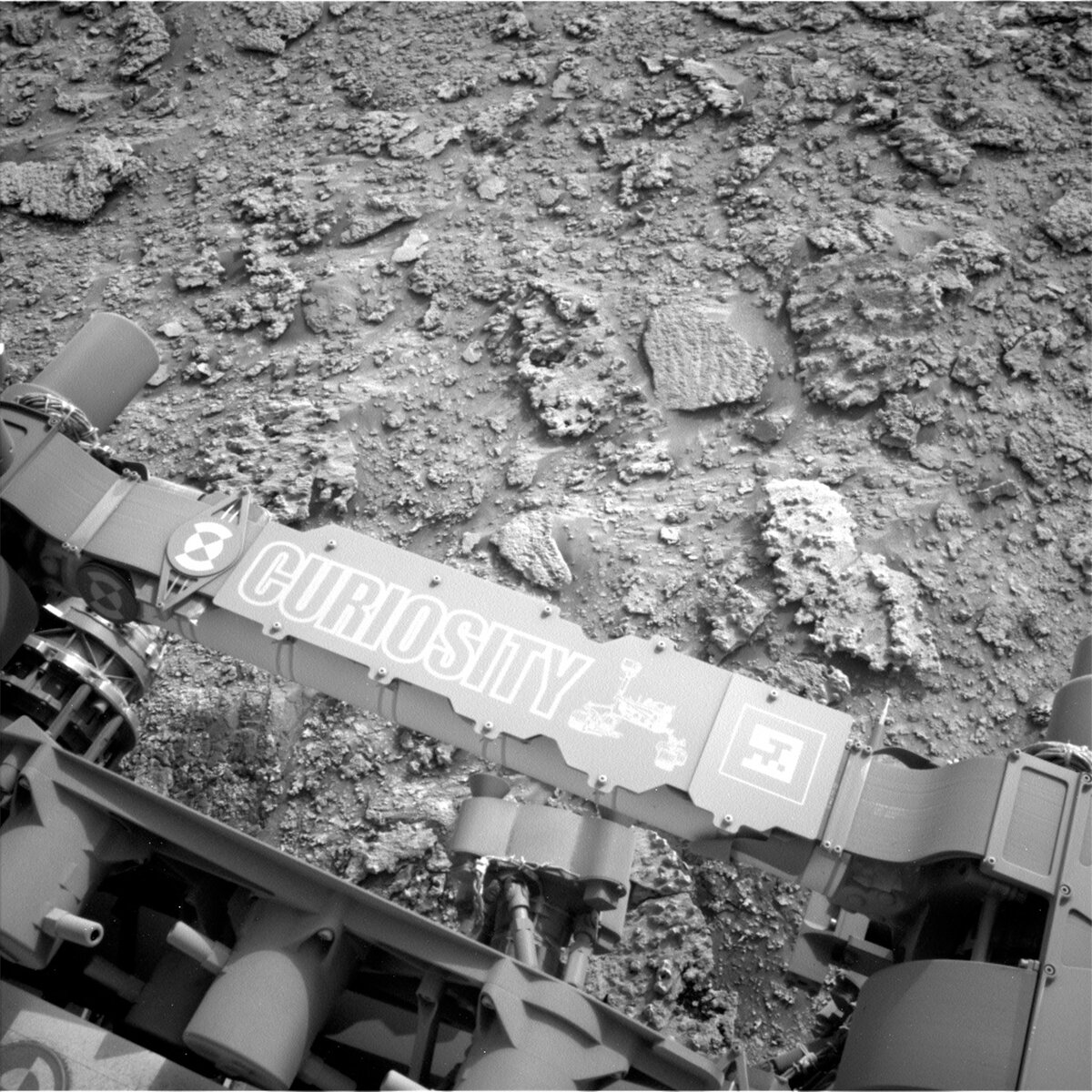2 min read

Today’s planning felt like we were trick or treating on Mars, just in time for Halloween! The image above shows part of the workspace that was revealed in front of Curiosity today. There were a variety of rocks available to look at and picking just one was very challenging! One reason why this was tricky was because none of these rocks appeared to be “in place.” This means that the rocks in the workspace likely tumbled down from higher up a slope. It is hard for geologists to interpret the results from a rock if we don’t know the context of where it came from. Tricky! However, scientists spotted a treat in the form of in place rocks off to the right of the rover. The team decided to prioritize driving over to those rocks so we can understand the context of the rocks we study in more detail. Before we drive off, the team decided to get a few measurements on rocks in the workspace to get a small sample of the variety we observe. We had to pick just one or two rocks to analyze - kind of like picking just one or two pieces of candy from your trick or treat bag. “Nicara” was a smooth, dust-free target that was selected for contact science (APXS and MAHLI), and “Caicubi” was a nodular rock targeted by ChemCam.
There were also several Mastcam mosaics in today’s plan, including additional imaging of the workspace to obtain higher resolution images of the variety of rocks that were present. There were also Mastcam mosaics targeting the marker band that extended away from the rover both to the south and to the north. The drive was planned along the marker band to the north, and hopefully tomorrow Curiosity will be sitting at a new location along the marker band to investigate the next treat!
Written by Kristen Bennett, Planetary Geologist at USGS Astrogeology Science Center







